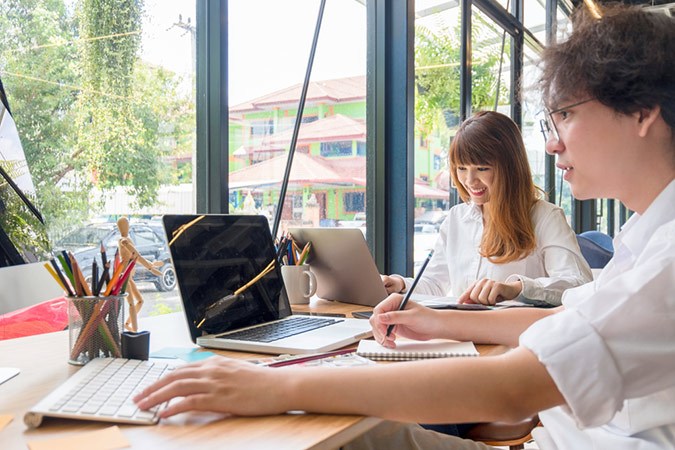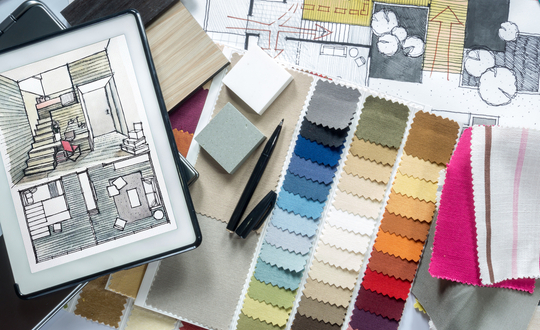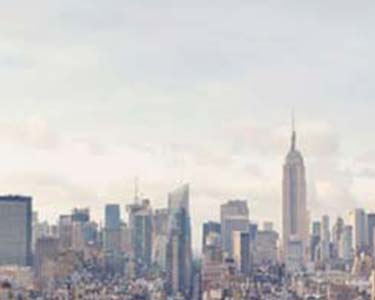If you’re interested in a creative, artistic career but not sure how to apply your talents to a stable, well-paid position, you should highly consider exploring graphic design. If you’re not sure what exactly is involved in a graphic designer’s career, here’s an idea:
A graphic designer’s everyday responsibilities can vary depending on what type of industry they work in, or what sort of design they professionally specialize in. Generally however, a graphic designer works closely with a client or an art director in order to detail a project scope, conceptualize a corresponding design, and then create the visual elements that support the implementation of this design for a brand or project.
So for example, if you are a freelance graphic designer, maybe a local florist might approach you asking for help with branding. Your job might then entail sitting down with the client, outlining where this branded look and feel will exist- is it on a website? Does he or she want business cards? Will the business have flyers or postcards, or maybe storefront designs? Your first step will be to outline where design elements are needed.
Take an Online Graphic Design Course
From there, you will likely ask some questions about the designer’s work and brand vibe in order to better conceptualize what your design pitches should look like- is this designer traditional or contemporary/ modern? Does he or she have a color palette in mind?
Once you have a better idea of the look and mood your client wants to achieve, it will be your job to conceptualize, create and deliver designs to fulfill these needs.
Where Do Graphic Designers Work?Again, the answer to this question depends on your personal choices as a design professional. You might be in-house, working for a marketing agency (providing designers to businesses and corporate clients).
You might also be a freelancer, meaning you likely spend the majority of your time working from home, possibly traveling to meet in-person with clients to discuss and collaborate on planning, then working on your own until your deliverables are ready to present and discuss.






